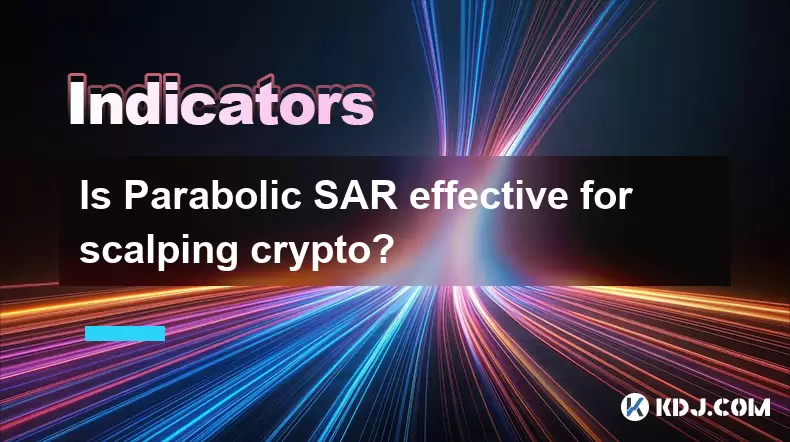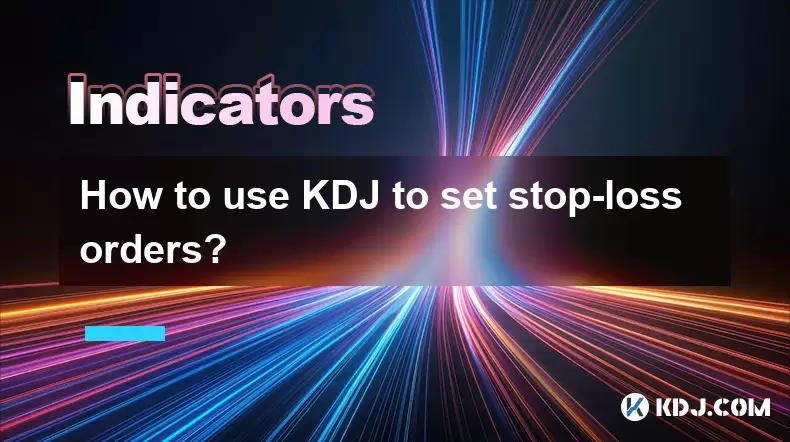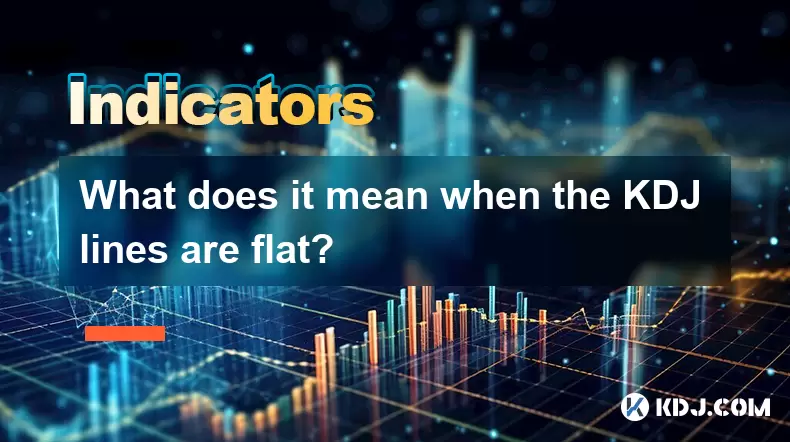-
 Bitcoin
Bitcoin $114800
-3.31% -
 Ethereum
Ethereum $3641
-5.84% -
 XRP
XRP $2.948
-6.36% -
 Tether USDt
Tether USDt $0.9998
-0.03% -
 BNB
BNB $772.4
-3.97% -
 Solana
Solana $169.1
-6.68% -
 USDC
USDC $0.9999
-0.01% -
 Dogecoin
Dogecoin $0.2056
-8.09% -
 TRON
TRON $0.3247
-0.18% -
 Cardano
Cardano $0.7239
-7.43% -
 Hyperliquid
Hyperliquid $39.71
-8.60% -
 Stellar
Stellar $0.3912
-7.84% -
 Sui
Sui $3.510
-10.17% -
 Chainlink
Chainlink $16.59
-8.03% -
 Bitcoin Cash
Bitcoin Cash $560.5
-3.65% -
 Hedera
Hedera $0.2464
-10.08% -
 Avalanche
Avalanche $22.03
-7.87% -
 Ethena USDe
Ethena USDe $1.001
-0.02% -
 UNUS SED LEO
UNUS SED LEO $8.947
0.21% -
 Toncoin
Toncoin $3.389
-2.58% -
 Litecoin
Litecoin $104.9
-5.23% -
 Shiba Inu
Shiba Inu $0.00001220
-6.67% -
 Polkadot
Polkadot $3.652
-6.10% -
 Uniswap
Uniswap $9.213
-9.05% -
 Monero
Monero $307.2
-2.93% -
 Dai
Dai $0.9998
-0.02% -
 Bitget Token
Bitget Token $4.367
-2.89% -
 Cronos
Cronos $0.1374
-6.80% -
 Pepe
Pepe $0.00001056
-8.65% -
 Aave
Aave $257.3
-7.31%
Is Parabolic SAR effective for scalping crypto?
The Parabolic SAR helps crypto scalpers identify trend reversals, but works best when combined with RSI, MACD, or volume to filter false signals in volatile markets.
Jul 31, 2025 at 08:29 pm

Understanding Parabolic SAR in Cryptocurrency Trading
The Parabolic SAR (Stop and Reverse) is a technical indicator developed by J. Welles Wilder, primarily used to identify potential reversals in asset price direction. In the context of cryptocurrency trading, it appears as a series of dots placed either above or below the price chart. When the dots are below the price, it signals an uptrend, suggesting bullish momentum. Conversely, when the dots are above the price, it indicates a downtrend, reflecting bearish movement. This visual simplicity makes it appealing to traders, especially those engaging in short-term strategies like scalping.
For crypto scalpers, timing is critical. The volatile nature of digital assets such as Bitcoin (BTC) and Ethereum (ETH) means rapid price swings occur within minutes or even seconds. The Parabolic SAR attempts to capitalize on these movements by offering clear entry and exit signals. However, its effectiveness depends heavily on market conditions. In strongly trending markets, the indicator performs well by keeping traders aligned with momentum. In choppy or sideways markets, it can generate false signals, leading to premature entries or exits.
How Parabolic SAR Works for Crypto Scalping
The formula behind Parabolic SAR involves an acceleration factor and an extreme point that adjusts as the trend progresses. While the mathematical computation is complex, traders don’t need to calculate it manually—most trading platforms like TradingView, Binance, or MetaTrader integrate it seamlessly. The key parameters include the initial SAR value, the acceleration factor (AF), and the maximum acceleration.
When applied to crypto scalping:
- A dot flipping from above to below the price suggests a buy signal.
- A dot moving from below to above indicates a sell or short signal.
Scalpers typically use 1-minute, 3-minute, or 5-minute charts to catch small price movements. The tight timeframes amplify the importance of accurate signals. However, because the Parabolic SAR reacts to price changes with a lag, it may enter trades after a portion of the move has already occurred. This lagging nature can reduce profitability in fast-moving crypto markets.
To mitigate this, traders often combine the Parabolic SAR with other tools. For example, overlaying it with EMA (Exponential Moving Average) crossovers or volume indicators helps confirm signals. A buy signal is more reliable if the price is also above the 9-period EMA and trading volume is increasing.
Setting Up Parabolic SAR for Optimal Scalping Performance
Configuring the Parabolic SAR correctly is essential for crypto scalping. Default settings usually have an acceleration factor starting at 0.02, increasing by 0.02 with each new extreme point, up to a maximum of 0.2. However, in highly volatile crypto markets, these settings may trigger too many reversals.
Adjusting the parameters can improve accuracy:
- Reduce the acceleration factor to 0.01 to make the dots less sensitive.
- Increase the step increment cautiously to avoid premature reversals.
- Use a higher maximum acceleration (e.g., 0.24) in strong trends to stay in positions longer.
To set this up on TradingView:
- Open the chart for your preferred cryptocurrency pair (e.g., BTC/USDT).
- Click on “Indicators” and search for “Parabolic SAR.”
- Click on the settings (gear icon).
- Modify the “Step” value to 0.01 and “Maximum” to 0.24.
- Apply and observe how the dots align with price action.
It’s crucial to backtest these settings using historical data. Many platforms allow strategy testing via Pine Script, enabling traders to simulate how the modified SAR would have performed over past scalping intervals.
Combining Parabolic SAR with Other Indicators for Scalping
Relying solely on Parabolic SAR for crypto scalping increases the risk of losses due to whipsaws. Therefore, integrating it with complementary indicators enhances decision-making.
Consider these combinations:
- RSI (Relative Strength Index): Use RSI to confirm overbought (>70) or oversold (<30) conditions. A Parabolic SAR buy signal is stronger when RSI exits oversold territory.
- MACD (Moving Average Convergence Divergence): Align SAR signals with MACD crossovers. A bullish SAR flip supported by a MACD histogram turning positive adds confidence.
- Volume Profile: High volume at reversal points validates SAR signals. If a dot flips below price with a spike in volume, the uptrend is more likely to sustain.
For example, on a 3-minute ETH/USDT chart:
- The SAR dot moves below the candle.
- RSI rises from 28 to 32.
- MACD line crosses above the signal line.
- Volume increases by 40% compared to the previous three candles.
This confluence suggests a high-probability long scalp. Exit the trade when the SAR dot flips above the price, especially if RSI enters overbought territory.
Common Pitfalls When Using Parabolic SAR in Crypto Scalping
Despite its visual clarity, the Parabolic SAR has notable drawbacks in crypto scalping. One major issue is whipsawing during consolidation phases. Cryptocurrencies often enter tight ranges, causing the SAR to flip back and forth, generating multiple false entries. This can lead to repeated small losses that erode capital quickly.
Another limitation is lag during sudden breakouts. In news-driven events—such as regulatory announcements or exchange outages—crypto prices can surge or drop rapidly. The SAR may not catch the initial move, entering too late and missing optimal profit zones.
Additionally, the default settings assume steady trends, which are rare in crypto. The high volatility of digital assets means acceleration factors need constant adjustment. Traders who fail to customize the SAR for specific coins (e.g., more volatile altcoins vs. stable BTC) often face poor results.
Avoiding these pitfalls requires discipline:
- Filter signals using price action, such as waiting for a close beyond the SAR dot.
- Trade only during high-liquidity periods, like when major exchanges are active.
- Set tight stop-loss orders just below the recent swing low (for longs) or above swing high (for shorts).
Backtesting and Validating Parabolic SAR Scalping Strategies
Before deploying Parabolic SAR in live scalping, thorough backtesting is essential. This involves applying the strategy to historical data to assess performance.
To conduct a proper backtest:
- Select a crypto pair and timeframe (e.g., BNB/USDT on 2-minute chart).
- Apply the customized Parabolic SAR settings.
- Manually mark entry and exit points based on dot flips.
- Record each trade’s outcome, including profit, loss, and duration.
- Calculate win rate, risk-reward ratio, and expectancy.
Alternatively, use automated tools:
- In TradingView, write a Pine Script that defines entry rules based on SAR direction changes.
- Include filters like volume thresholds or RSI levels.
- Run the script on years of historical data to evaluate consistency.
Review the equity curve to identify drawdown periods. If losses cluster during low-volatility phases, consider adding a volatility filter, such as ATR (Average True Range), to disable trading when ATR is below a threshold.
Frequently Asked Questions
Can Parabolic SAR be used on all cryptocurrencies?
Yes, the Parabolic SAR can be applied to any cryptocurrency chart, including Bitcoin, Solana, and Dogecoin. However, its effectiveness varies based on volatility and liquidity. Major pairs like BTC/USDT tend to trend better, making SAR more reliable. Low-cap altcoins with erratic price action often produce false signals.
How do I reduce false signals when scalping with Parabolic SAR?
Use confirmation filters such as waiting for the candle to close beyond the SAR dot, requiring increased volume, or aligning with a higher time frame trend. Avoid trading during low-volume periods like weekends or holidays when crypto markets are less predictable.
Should I adjust Parabolic SAR settings for different timeframes?
Absolutely. On 1-minute charts, a lower acceleration factor (e.g., 0.01) reduces noise. On 15-minute charts, you might use the default 0.02 step. Always backtest adjustments to ensure they suit the specific timeframe and asset.
Is Parabolic SAR better for long or short scalping in crypto?
It performs similarly in both directions, but short scalping may yield better results in bear markets due to crypto’s tendency to fall faster than it rises. Ensure your exchange supports seamless shorting, and monitor funding rates in perpetual futures markets.
Disclaimer:info@kdj.com
The information provided is not trading advice. kdj.com does not assume any responsibility for any investments made based on the information provided in this article. Cryptocurrencies are highly volatile and it is highly recommended that you invest with caution after thorough research!
If you believe that the content used on this website infringes your copyright, please contact us immediately (info@kdj.com) and we will delete it promptly.
- Bitcoin, Ethereum, and Investor Behavior: A New York Minute on Crypto Trends
- 2025-08-01 15:10:12
- Tether's Q2 Triumph: USDT Supply Soars Amidst Profit Surge!
- 2025-08-01 15:10:12
- Ethereum ETF Holdings: A Corporate Treasury Revolution?
- 2025-08-01 15:30:12
- Ethereum's Wild Ride: Funding Rates, Price Drops, and Retail to the Rescue!
- 2025-08-01 15:30:12
- Ethereum Under Pressure: Crypto Market Drop Explained
- 2025-08-01 15:35:11
- Ethereum ETF Mania: Inflows Surge, Market Rises, What's Next?
- 2025-08-01 15:35:11
Related knowledge

What is the difference in KDJ signal interpretation between a trending and a ranging market?
Aug 01,2025 at 03:56pm
Understanding the KDJ Indicator in Cryptocurrency TradingThe KDJ indicator is a momentum oscillator widely used in cryptocurrency trading to identify ...

Does the KDJ indicator work well for low-liquidity crypto assets?
Aug 01,2025 at 02:01pm
Understanding the KDJ Indicator in Cryptocurrency TradingThe KDJ indicator is a momentum oscillator derived from the Stochastic Oscillator, widely use...

How to use KDJ to set stop-loss orders?
Aug 01,2025 at 04:28pm
Understanding the KDJ Indicator in Cryptocurrency TradingThe KDJ indicator is a momentum oscillator widely used in technical analysis within the crypt...

What does it mean when the KDJ lines are flat?
Aug 01,2025 at 03:22pm
Understanding the KDJ Indicator in Cryptocurrency TradingThe KDJ indicator is a momentum oscillator widely used in cryptocurrency technical analysis t...

How to use MFI to find potential entry and exit points in crypto?
Aug 01,2025 at 02:35pm
Understanding the MFI Indicator in Cryptocurrency TradingThe Money Flow Index (MFI) is a momentum oscillator used to measure the strength and directio...

How to set alerts for specific MFI levels in crypto trading platforms?
Aug 01,2025 at 12:42pm
Understanding the Money Flow Index (MFI) in Crypto TradingThe Money Flow Index (MFI) is a momentum oscillator that measures the flow of money into and...

What is the difference in KDJ signal interpretation between a trending and a ranging market?
Aug 01,2025 at 03:56pm
Understanding the KDJ Indicator in Cryptocurrency TradingThe KDJ indicator is a momentum oscillator widely used in cryptocurrency trading to identify ...

Does the KDJ indicator work well for low-liquidity crypto assets?
Aug 01,2025 at 02:01pm
Understanding the KDJ Indicator in Cryptocurrency TradingThe KDJ indicator is a momentum oscillator derived from the Stochastic Oscillator, widely use...

How to use KDJ to set stop-loss orders?
Aug 01,2025 at 04:28pm
Understanding the KDJ Indicator in Cryptocurrency TradingThe KDJ indicator is a momentum oscillator widely used in technical analysis within the crypt...

What does it mean when the KDJ lines are flat?
Aug 01,2025 at 03:22pm
Understanding the KDJ Indicator in Cryptocurrency TradingThe KDJ indicator is a momentum oscillator widely used in cryptocurrency technical analysis t...

How to use MFI to find potential entry and exit points in crypto?
Aug 01,2025 at 02:35pm
Understanding the MFI Indicator in Cryptocurrency TradingThe Money Flow Index (MFI) is a momentum oscillator used to measure the strength and directio...

How to set alerts for specific MFI levels in crypto trading platforms?
Aug 01,2025 at 12:42pm
Understanding the Money Flow Index (MFI) in Crypto TradingThe Money Flow Index (MFI) is a momentum oscillator that measures the flow of money into and...
See all articles

























































































